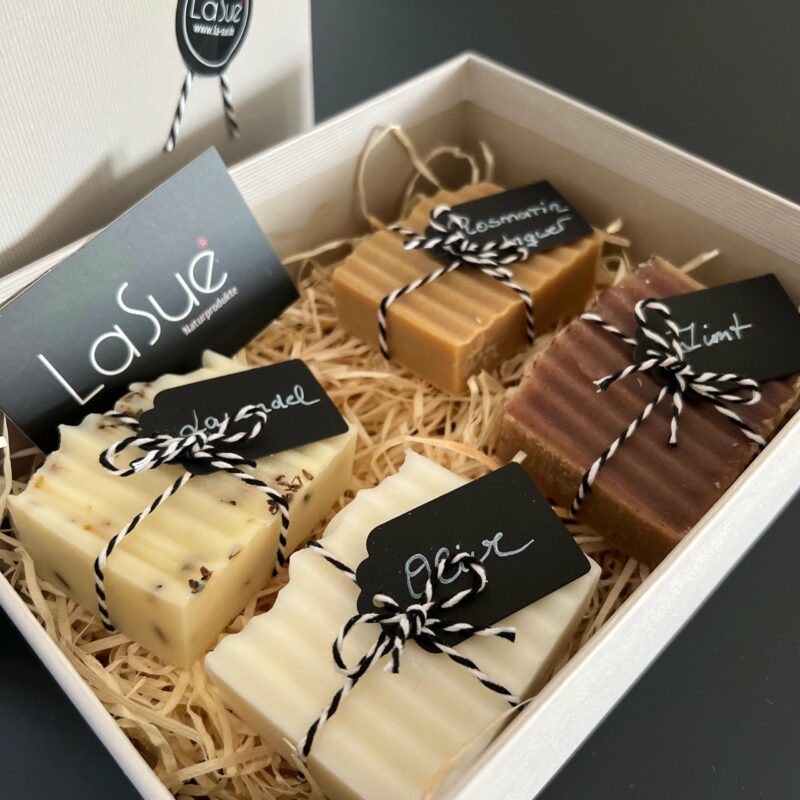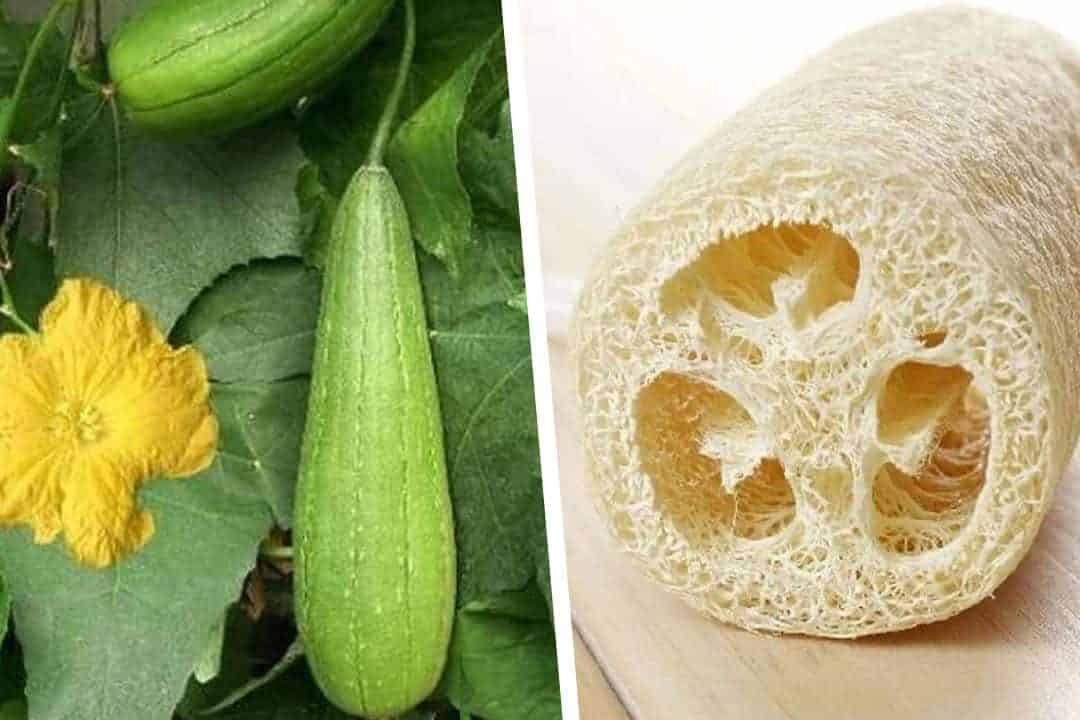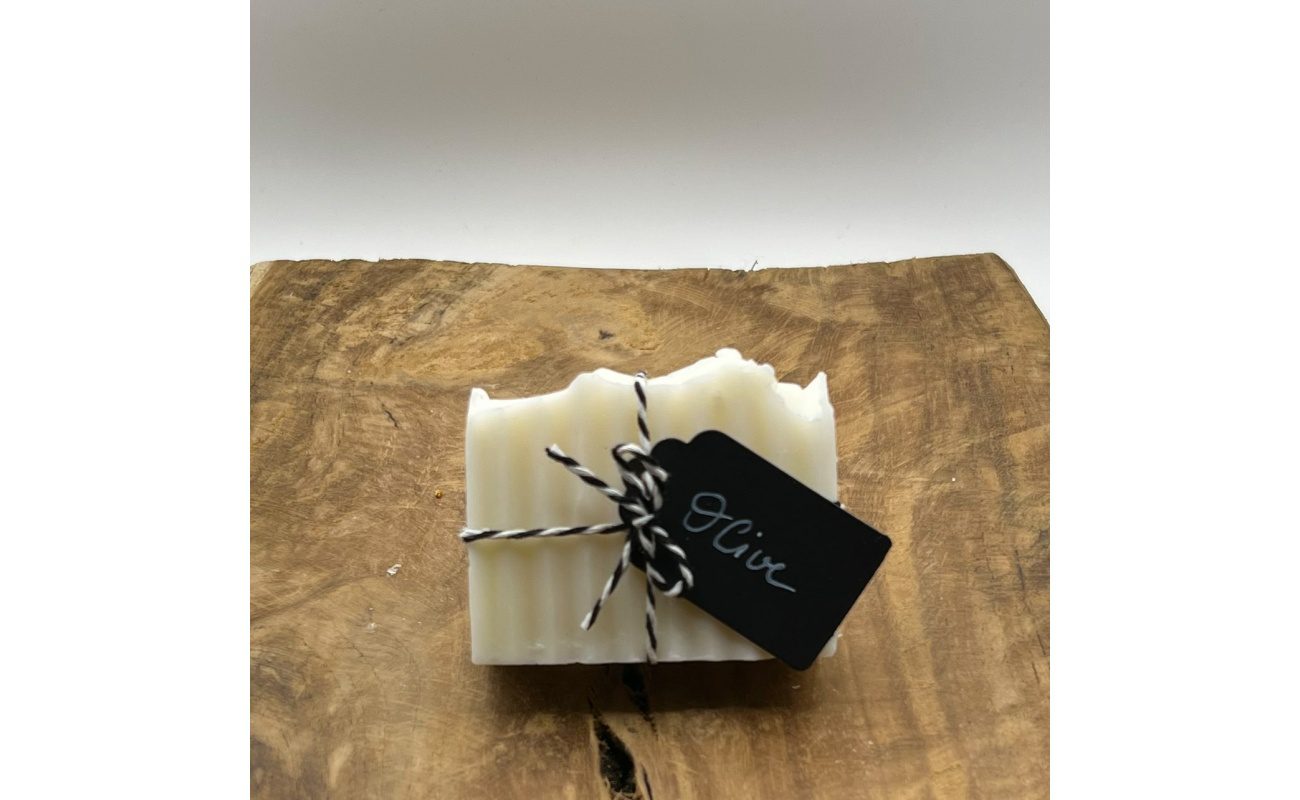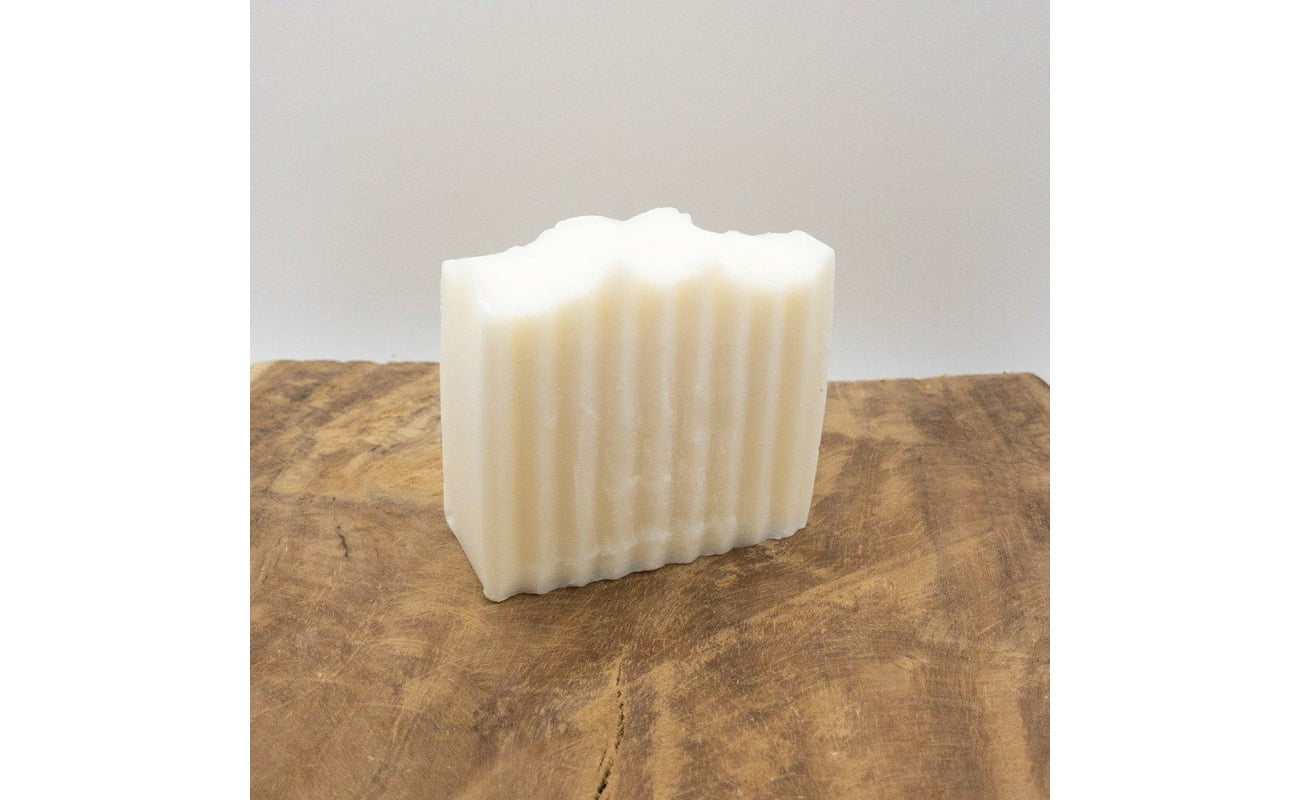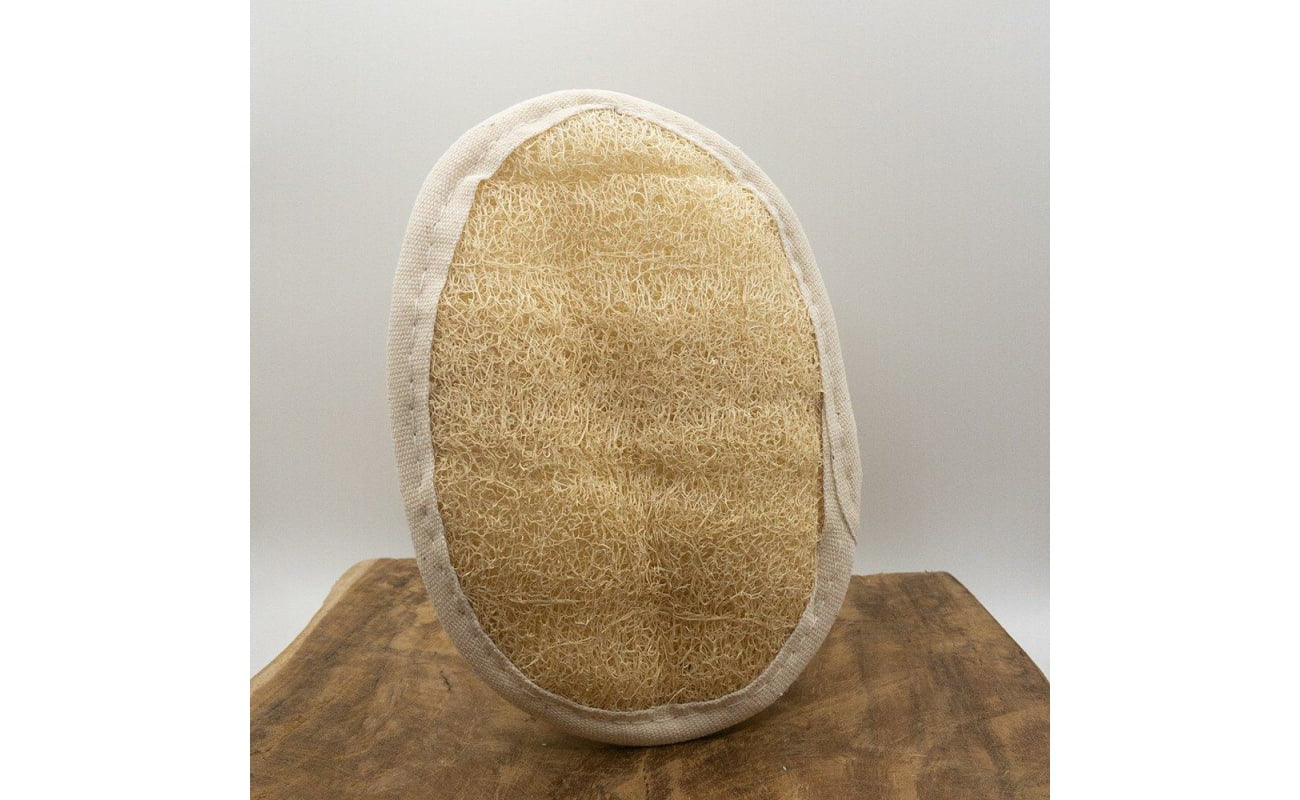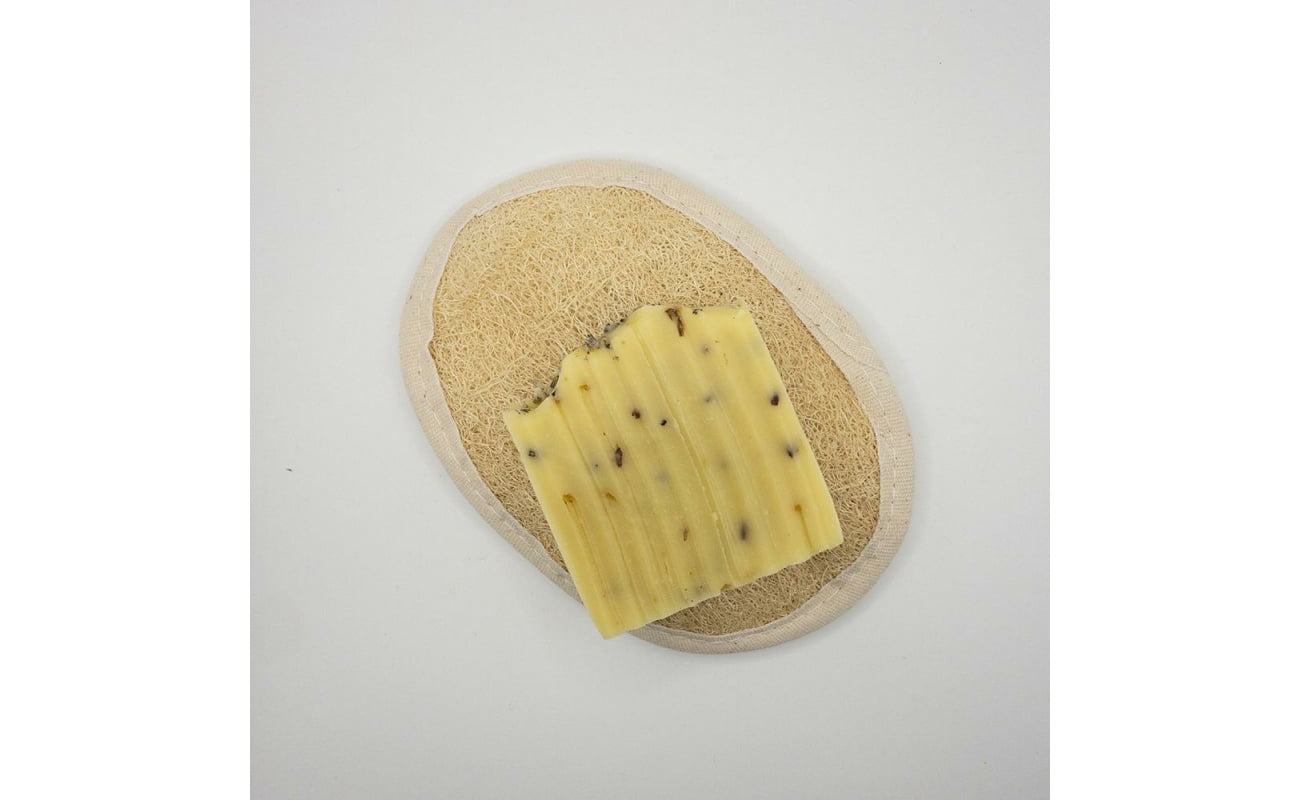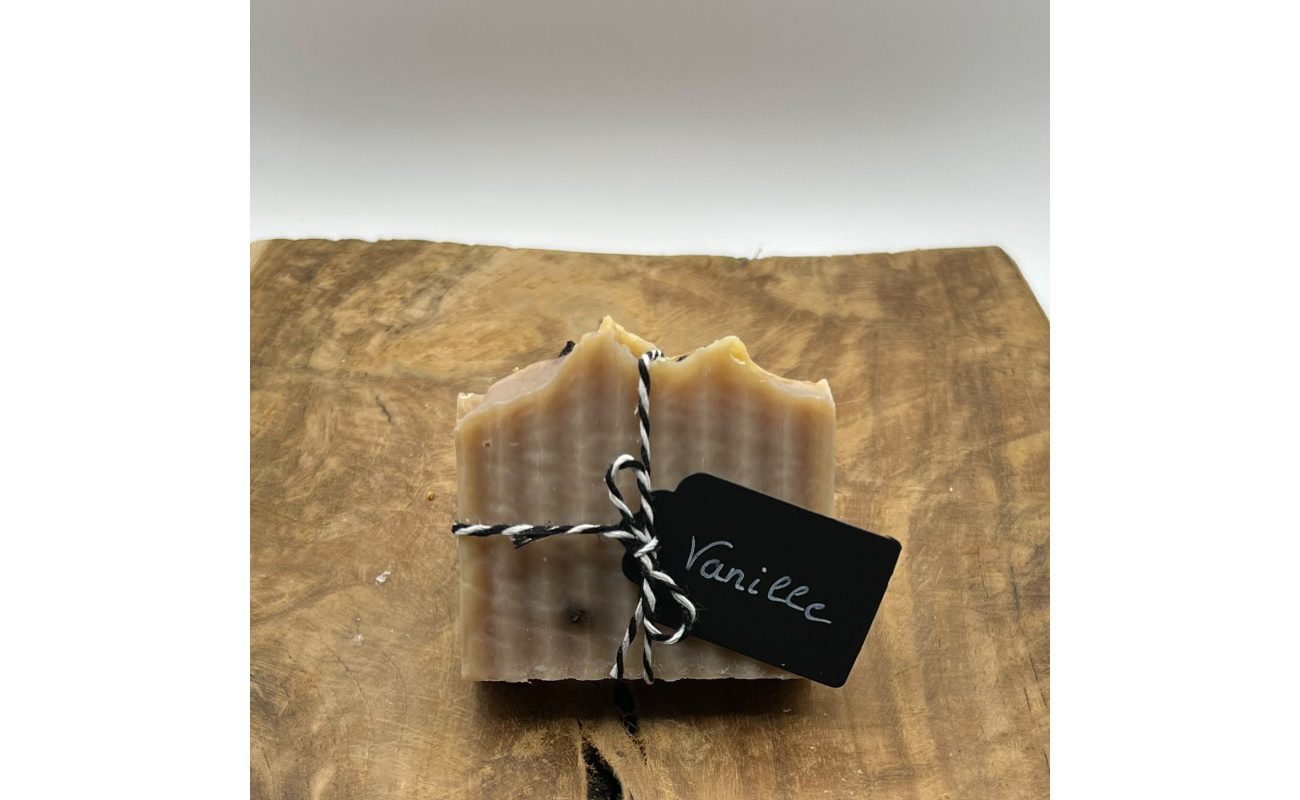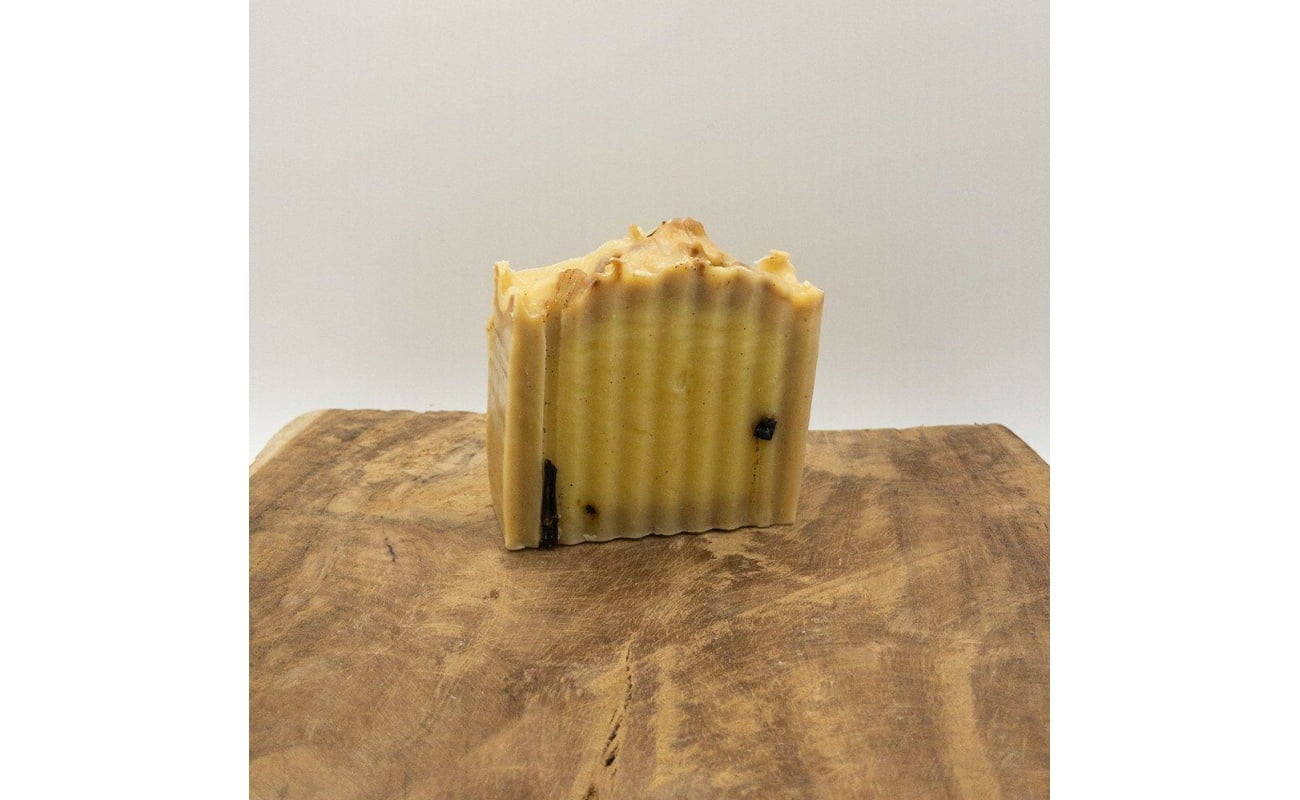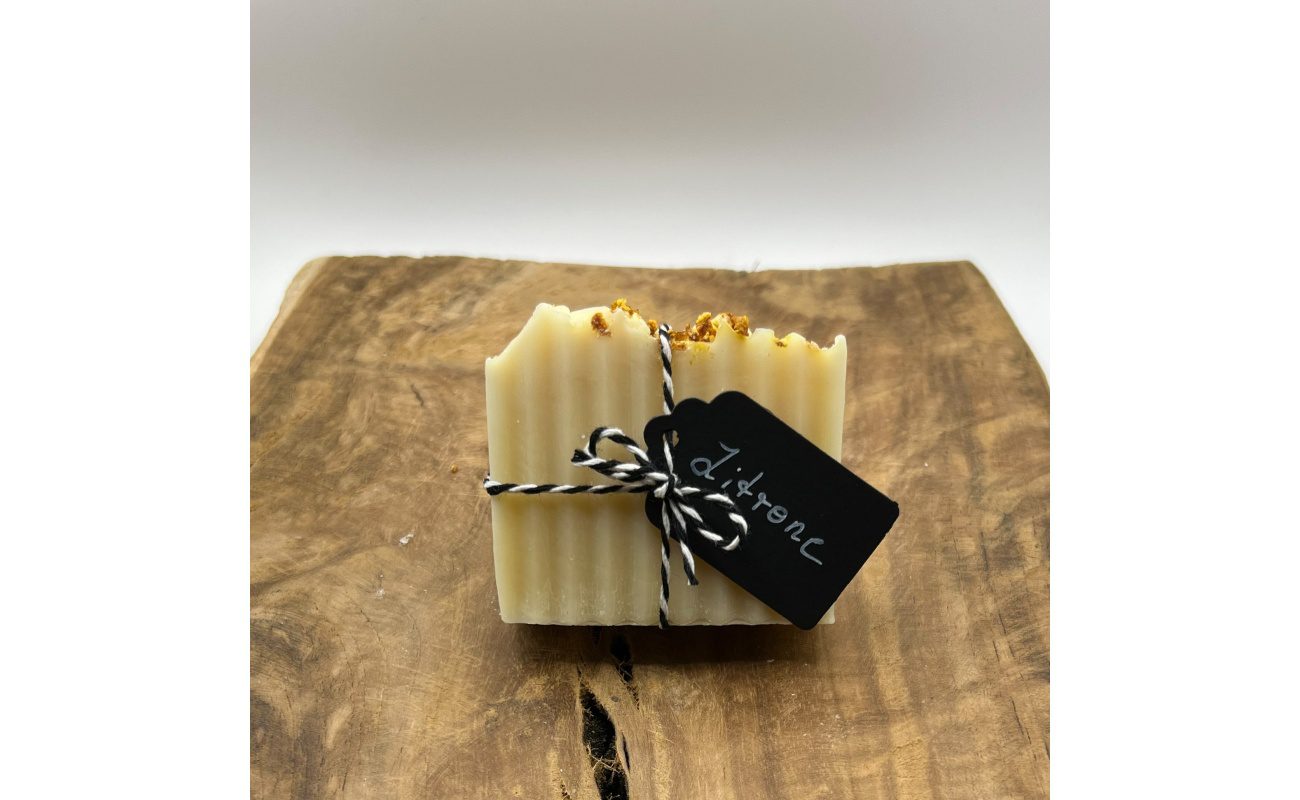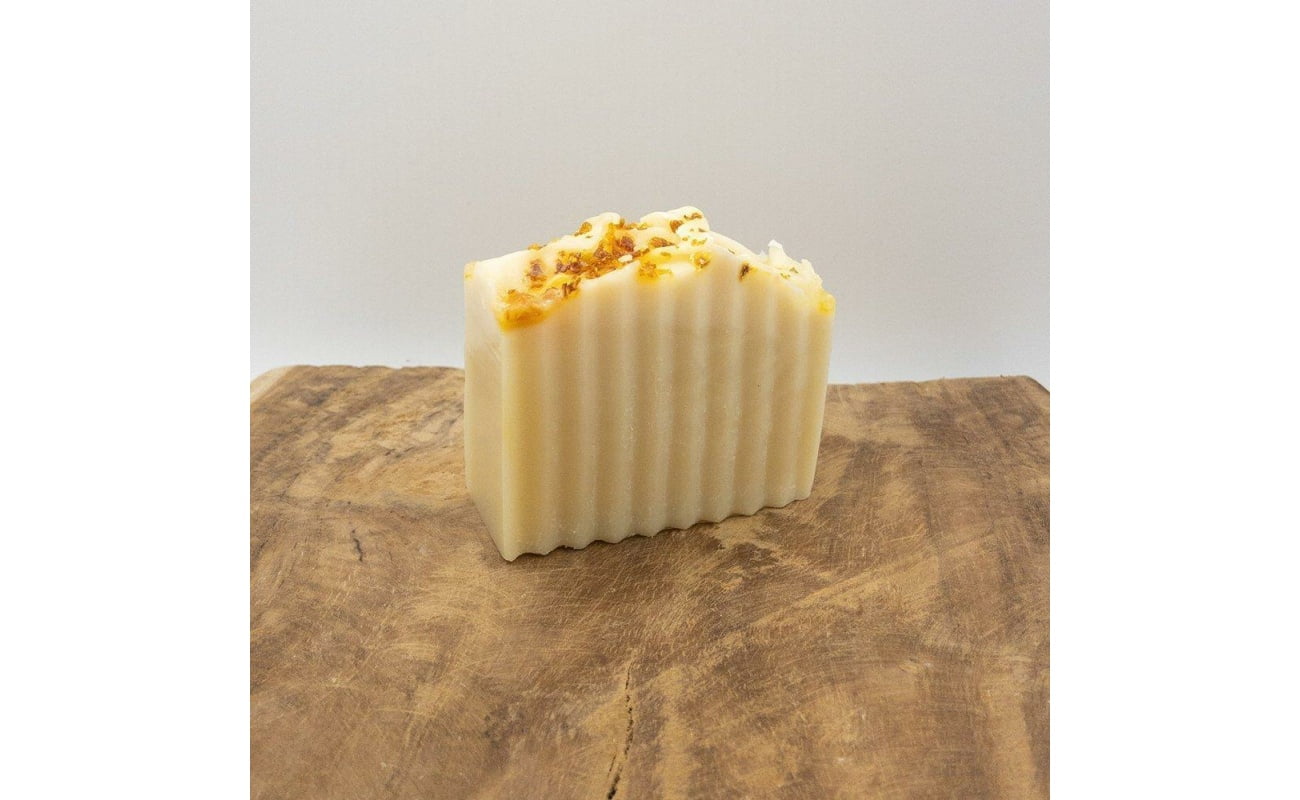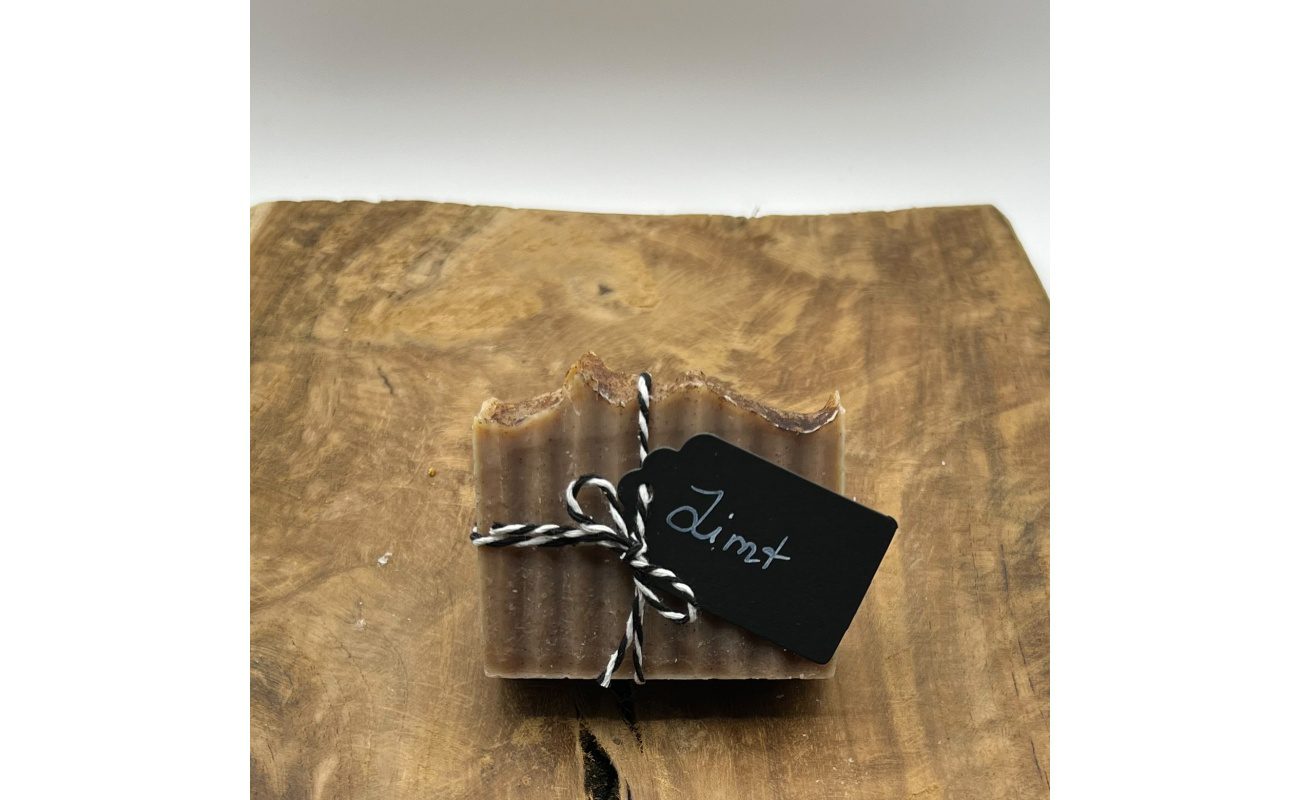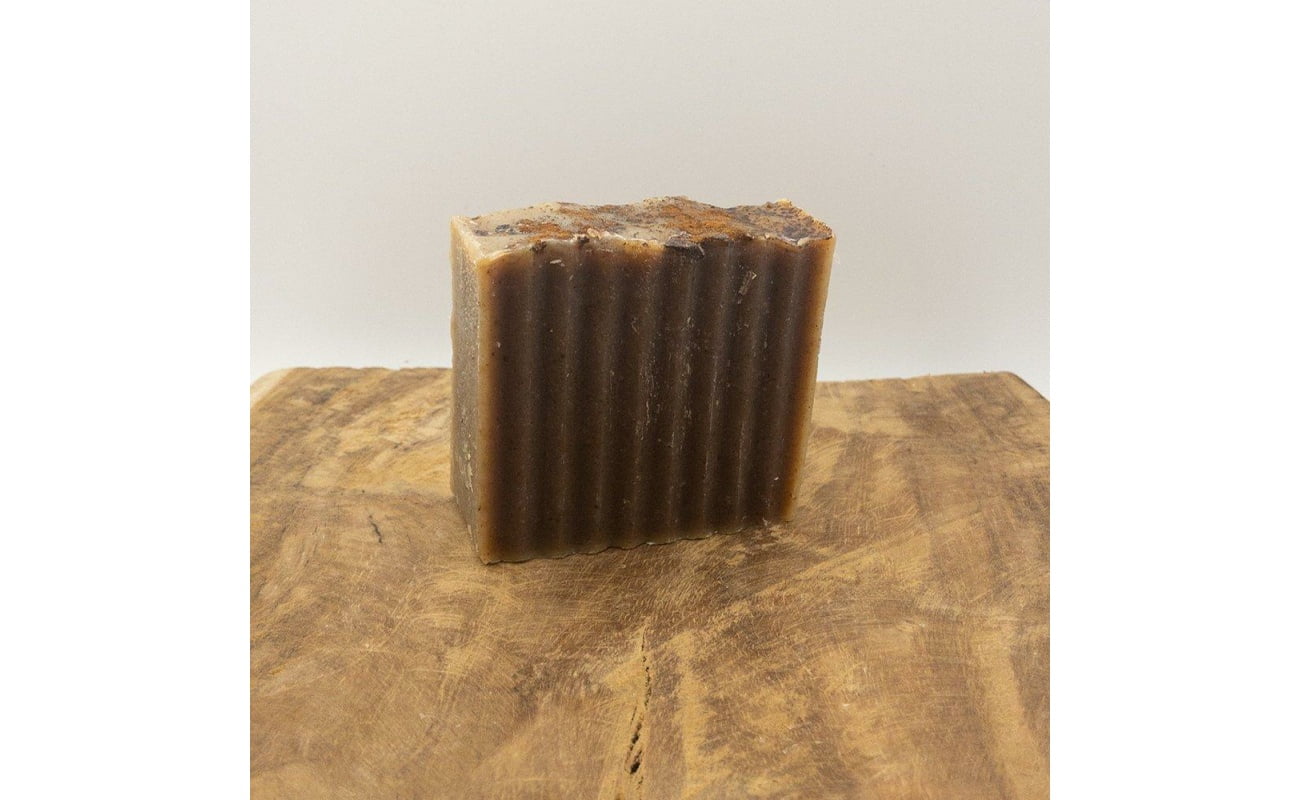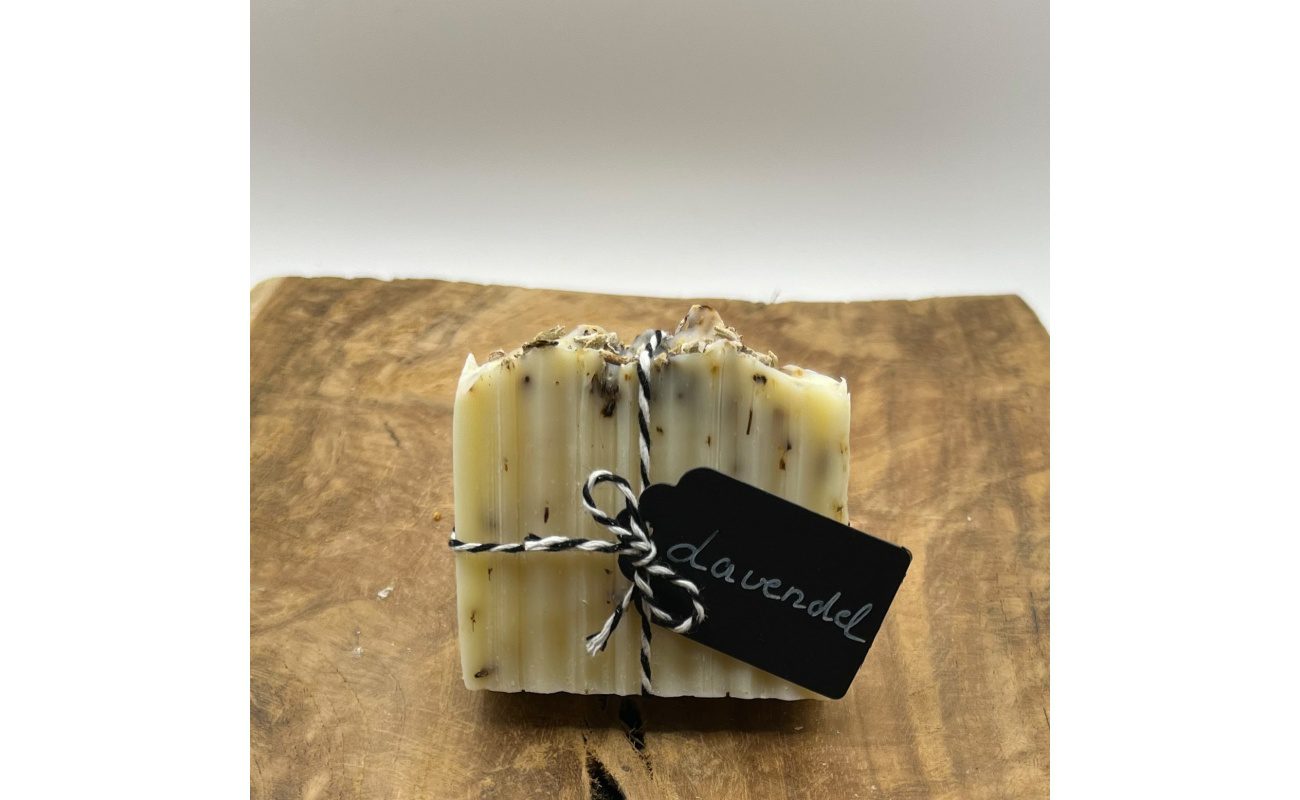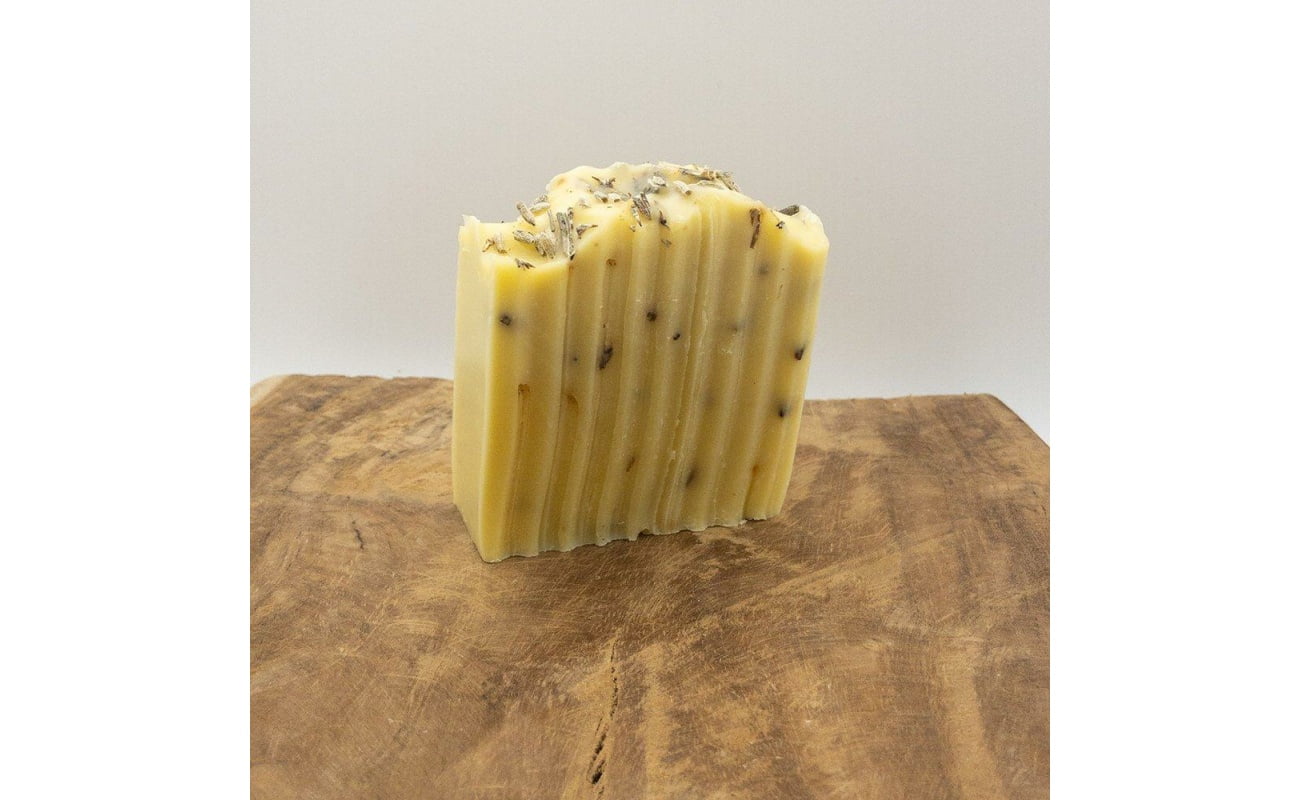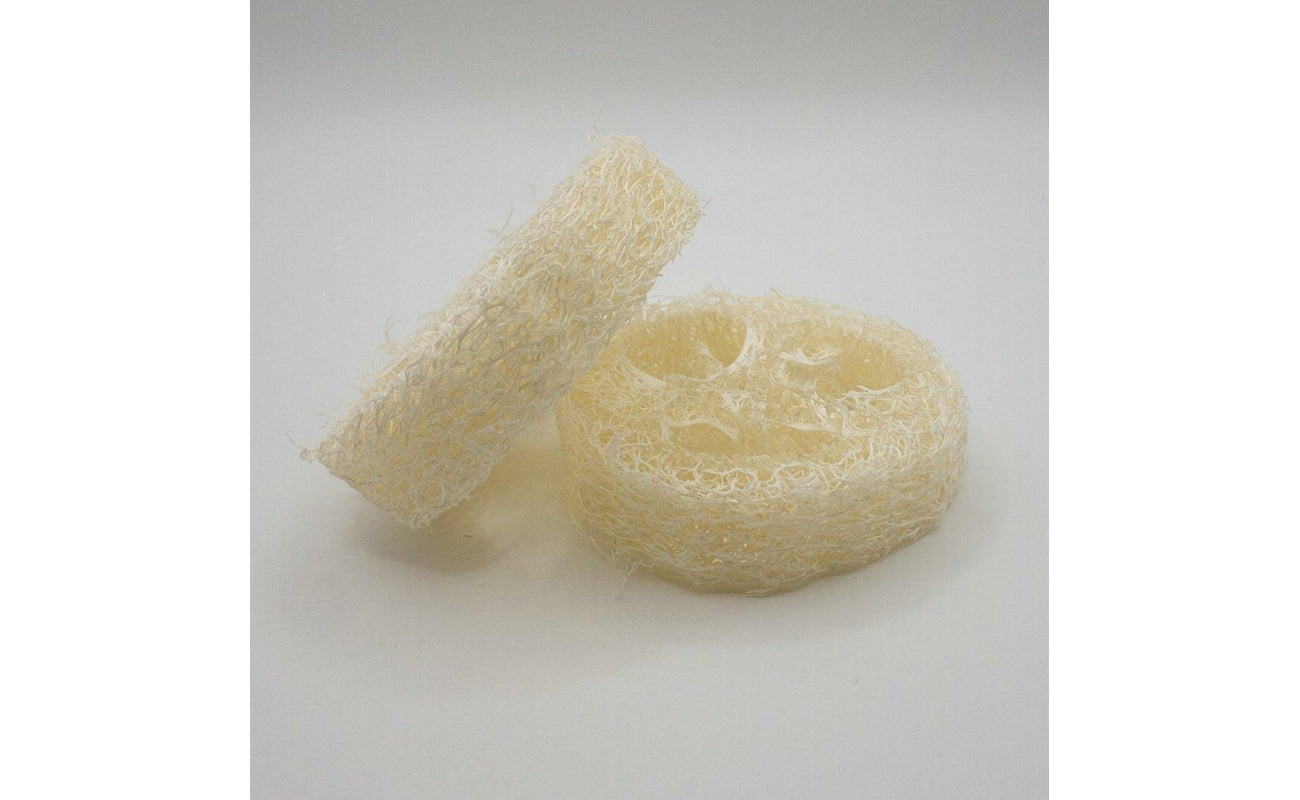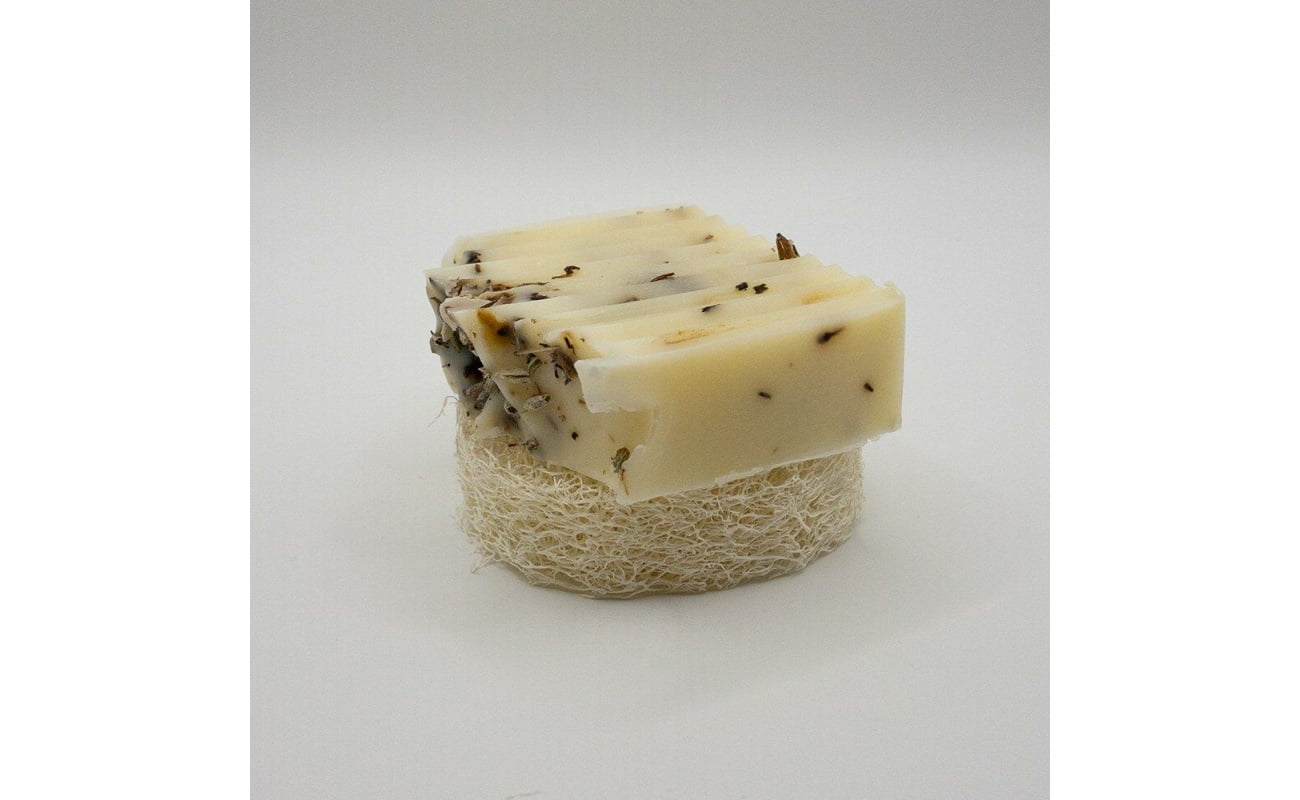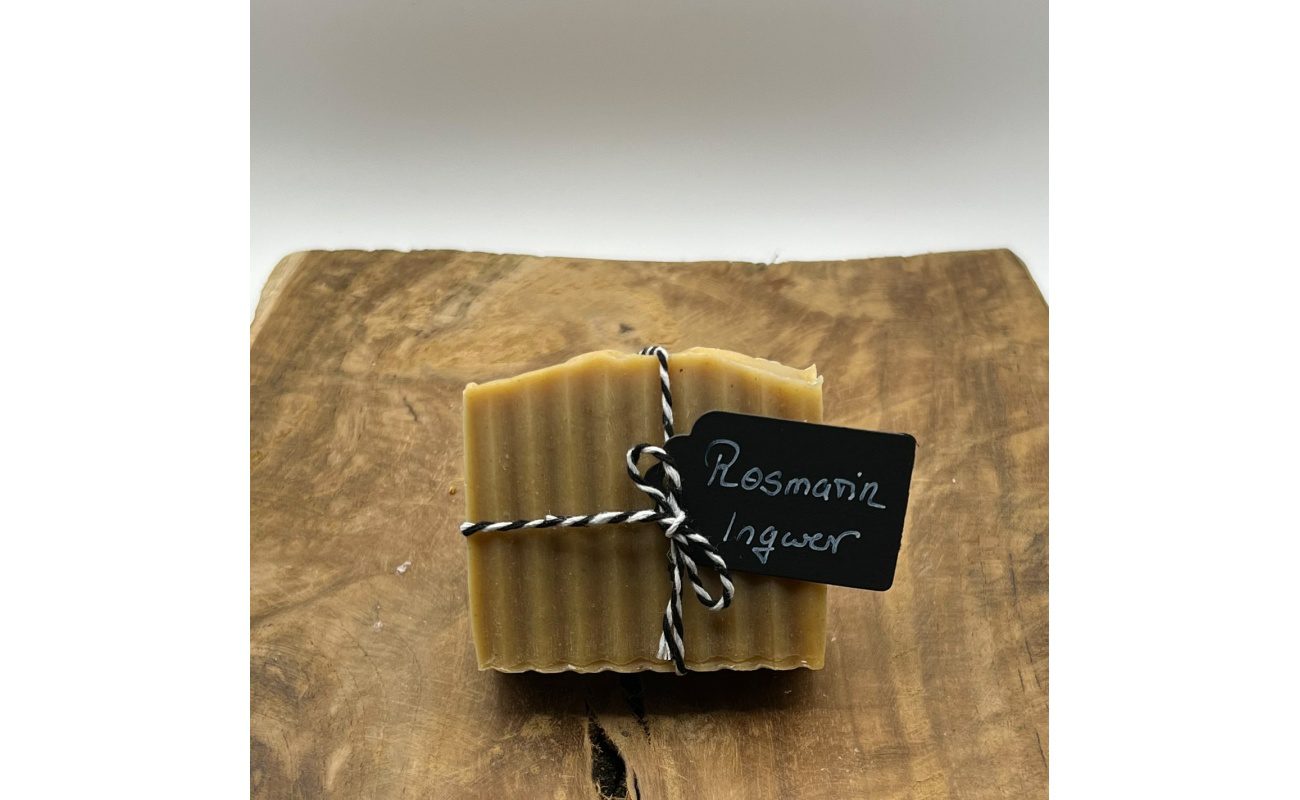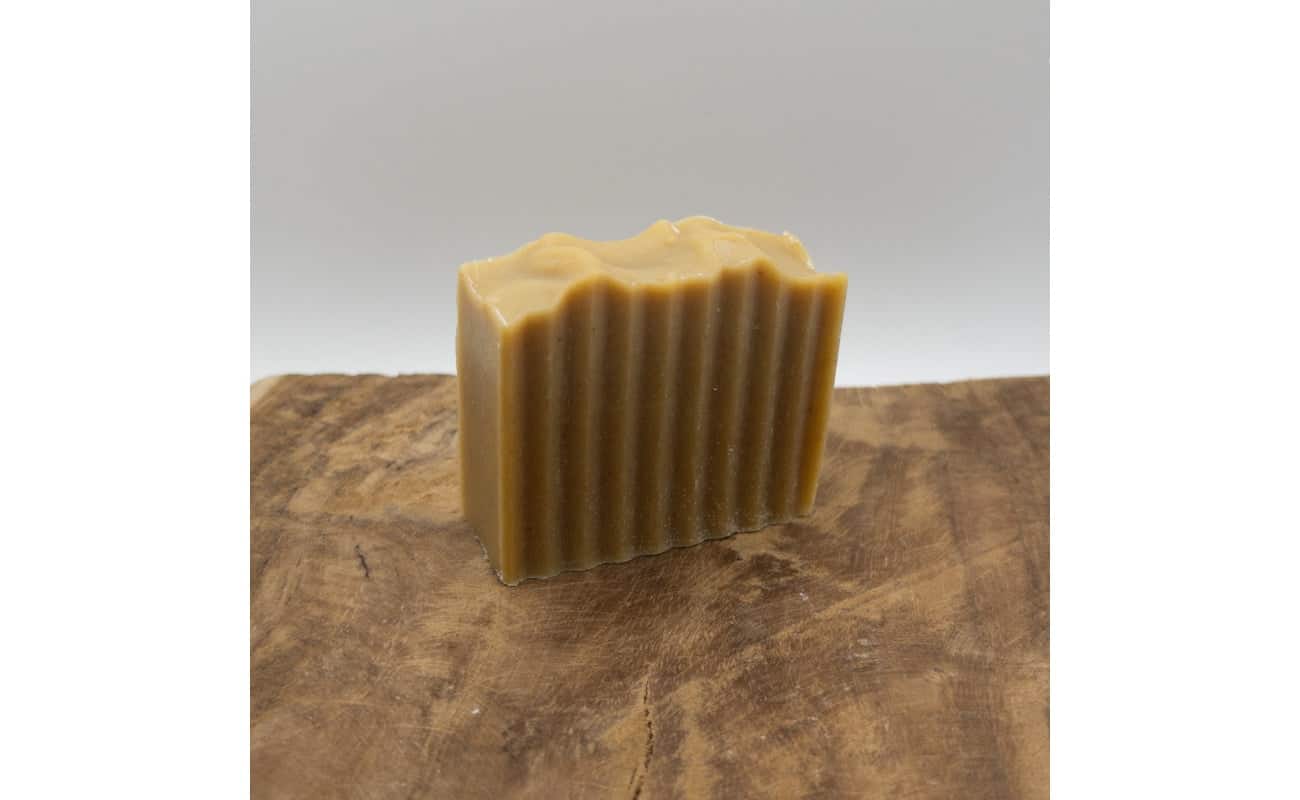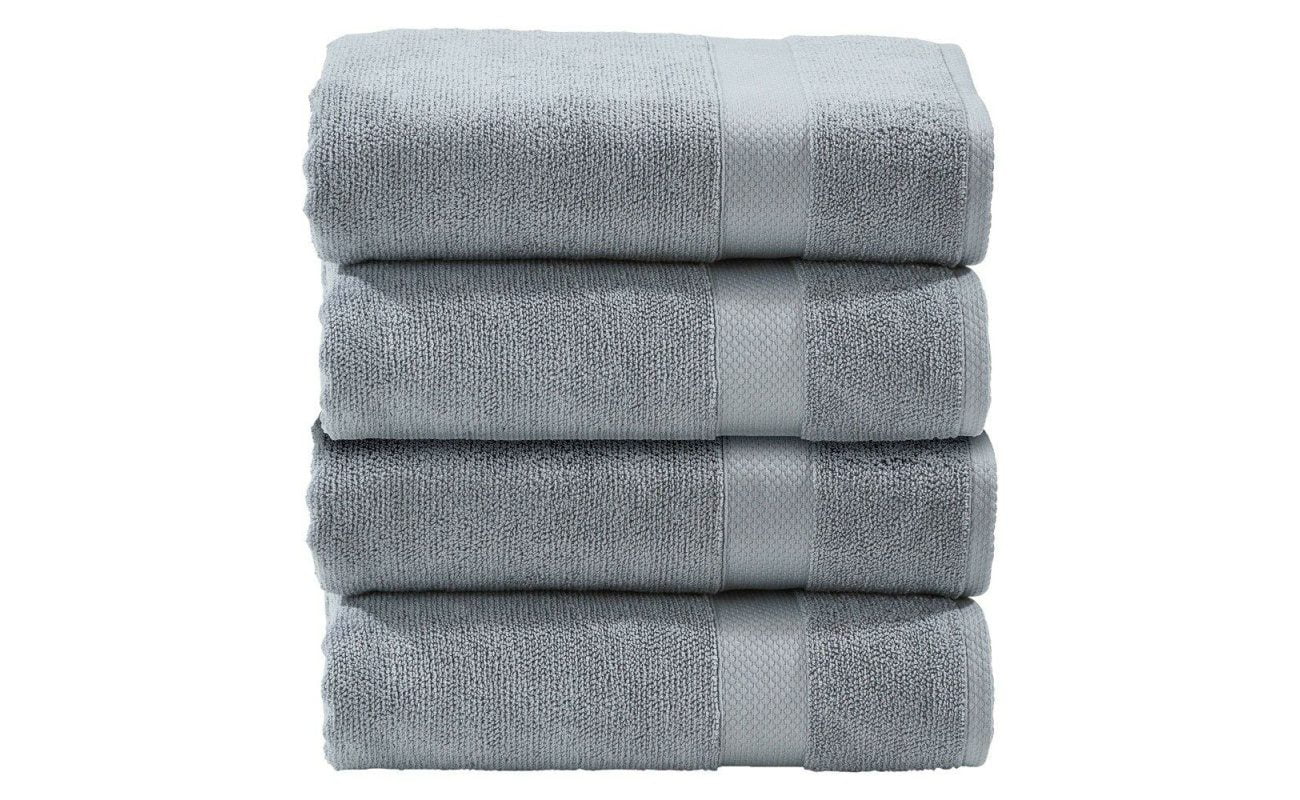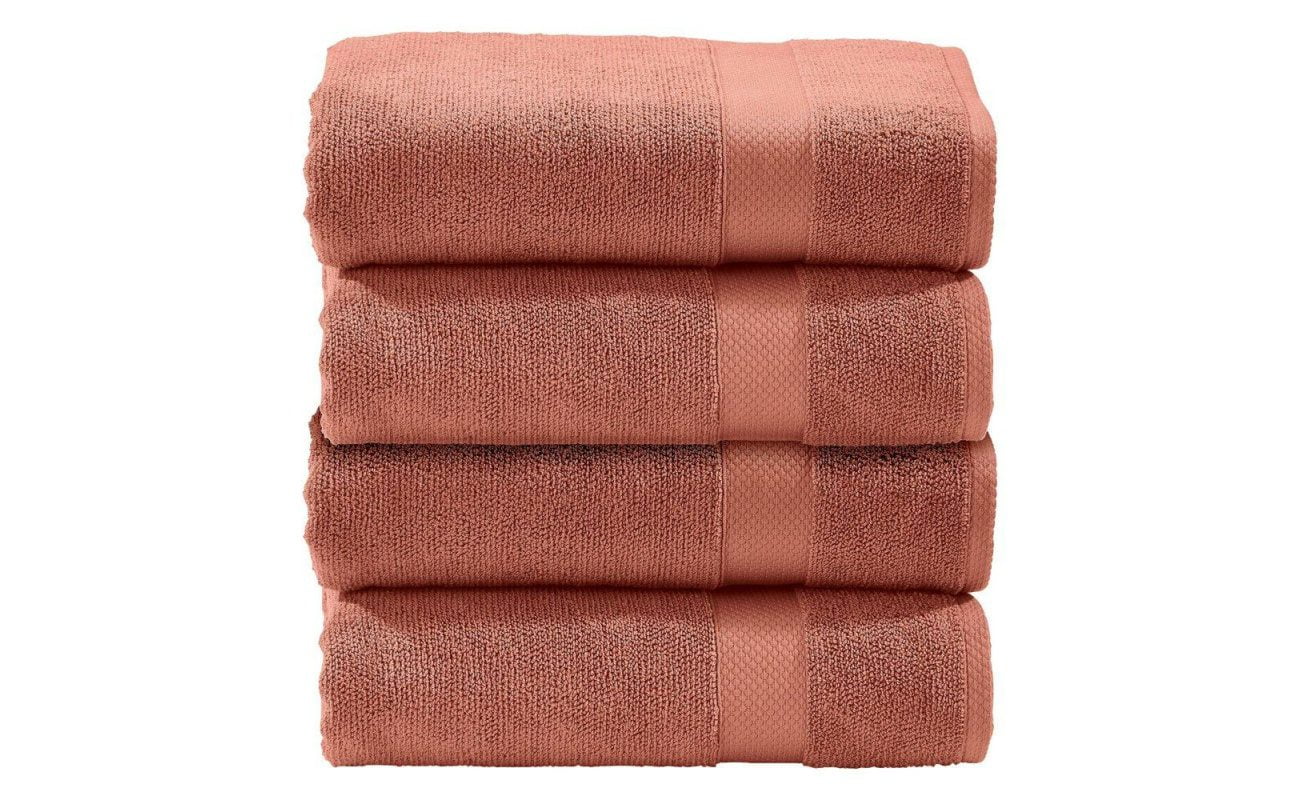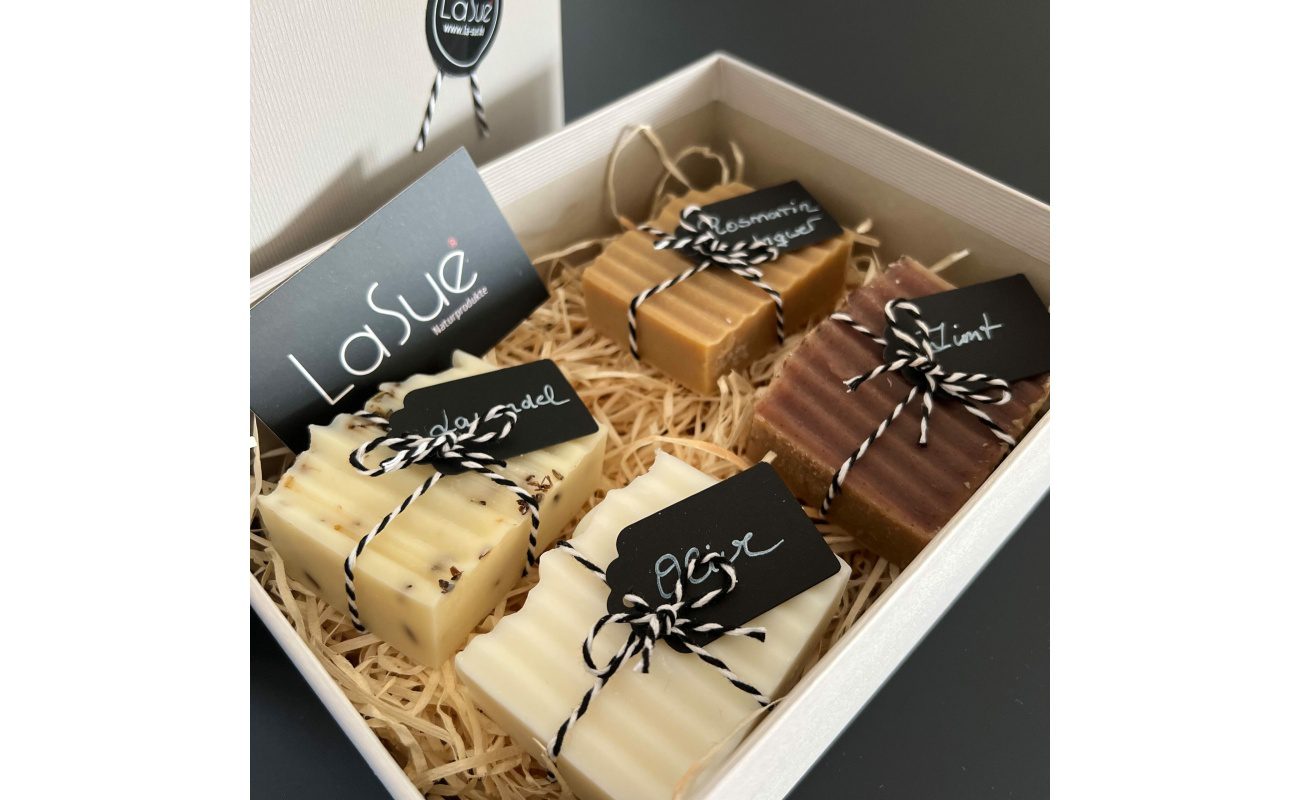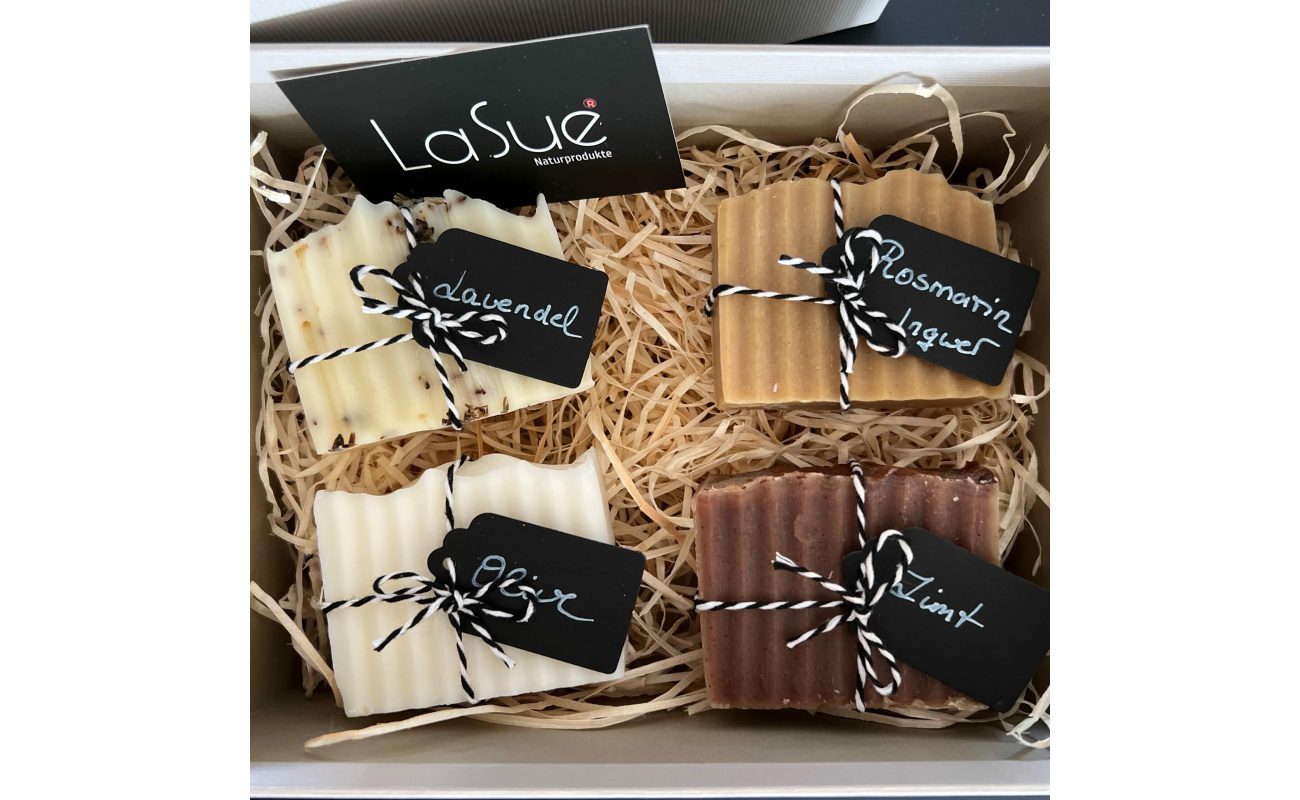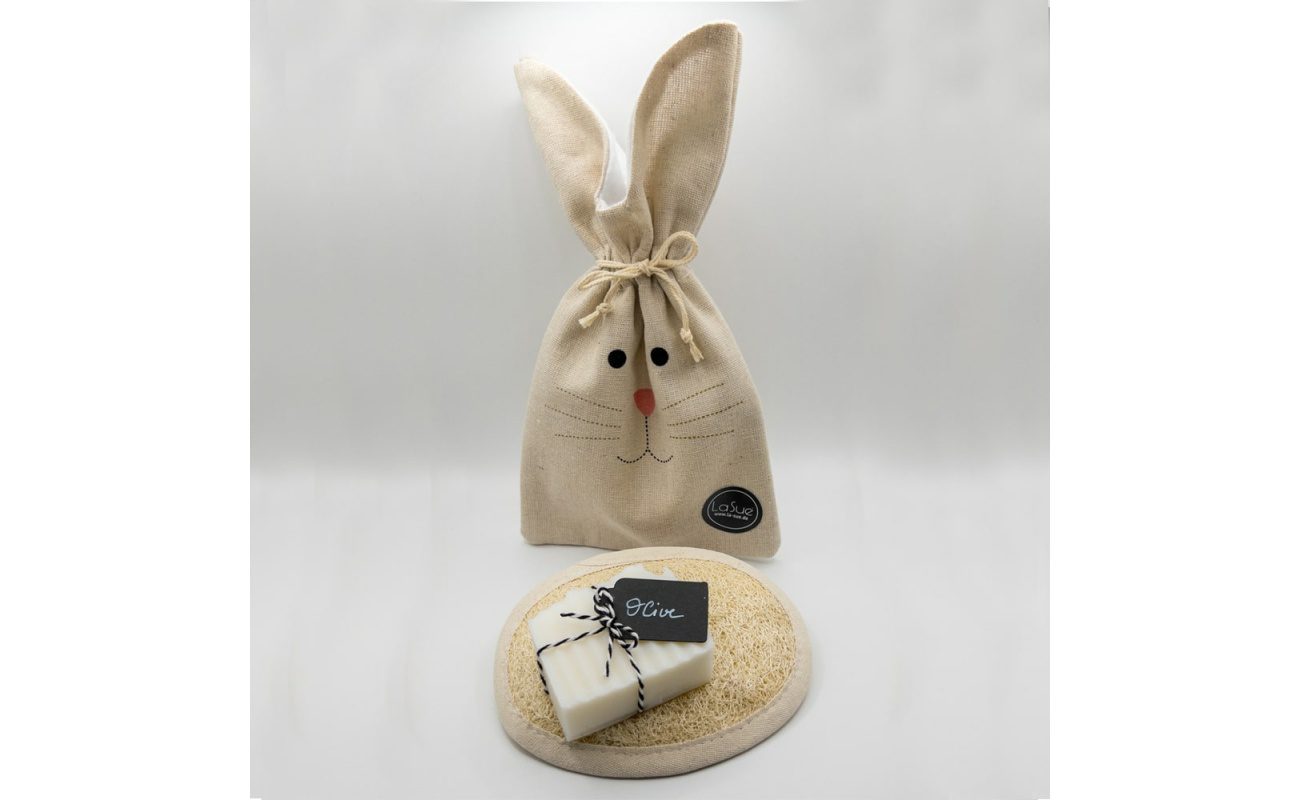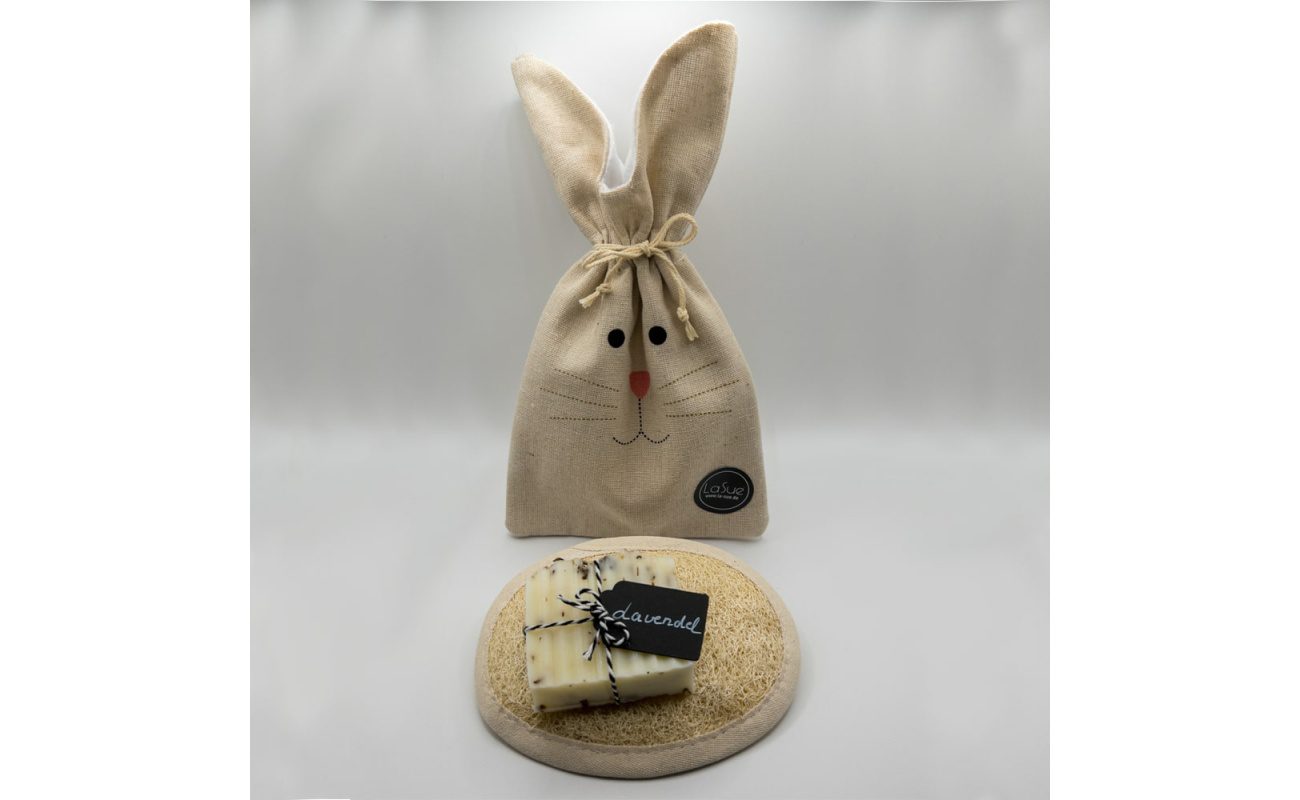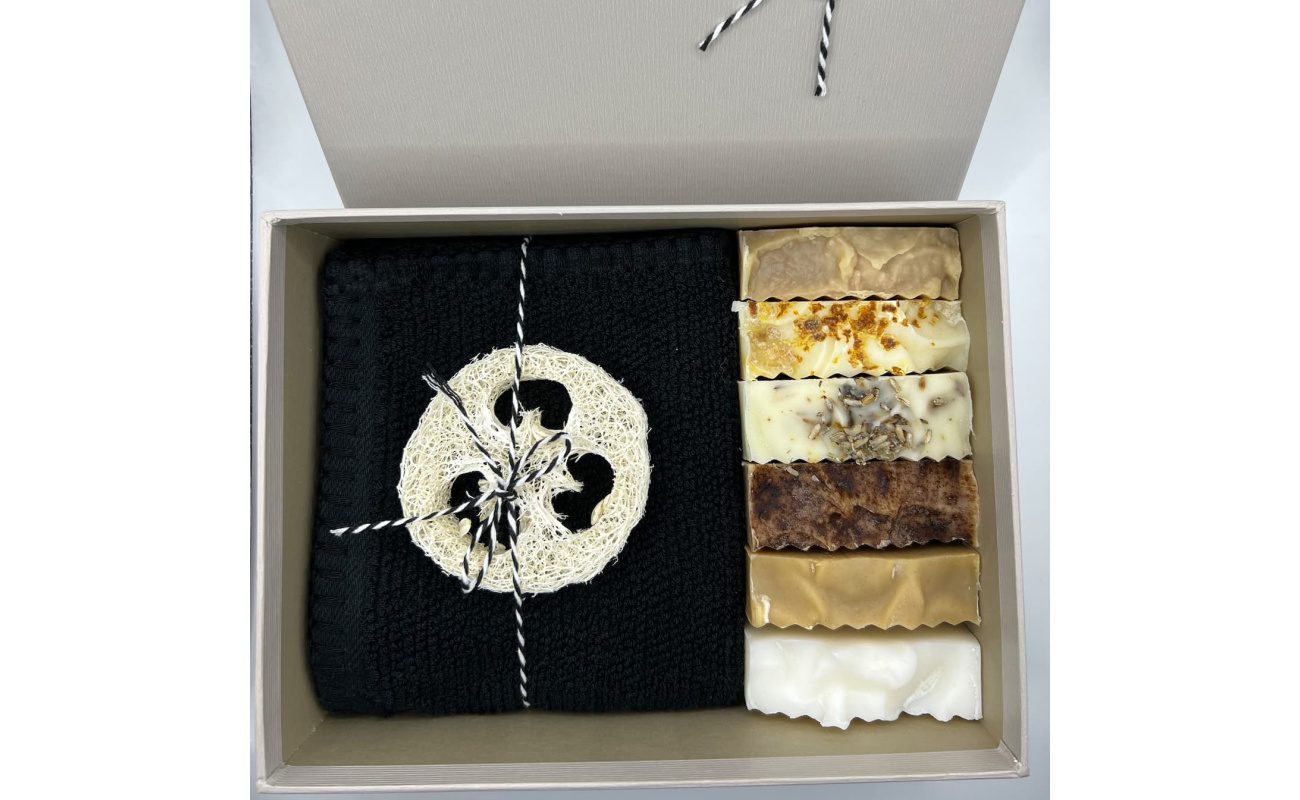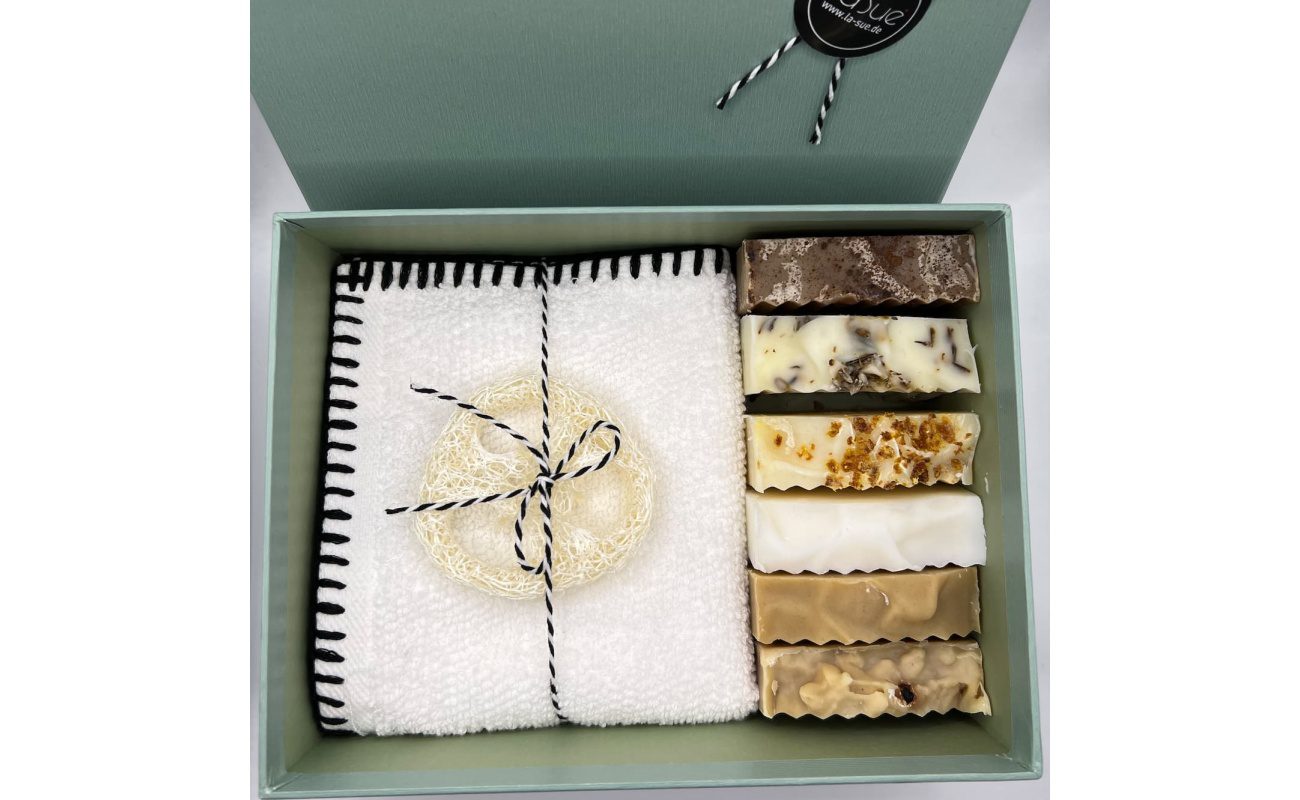Luffa aegyptiaca and Luffa acutangular
When I was a young girl, we didn't use washcloths in our baths or showers. We also didn't have the blown-up plastic cloth scrubbers that you can buy in dollar stores today.
We used one loofah, and it wasn't until I grew up that I realized we were growing these sponges in our backyard!
The loofahs on the market today are sometimes synthetic, meaning they are not made from the pumpkin plant they were originally modeled on.
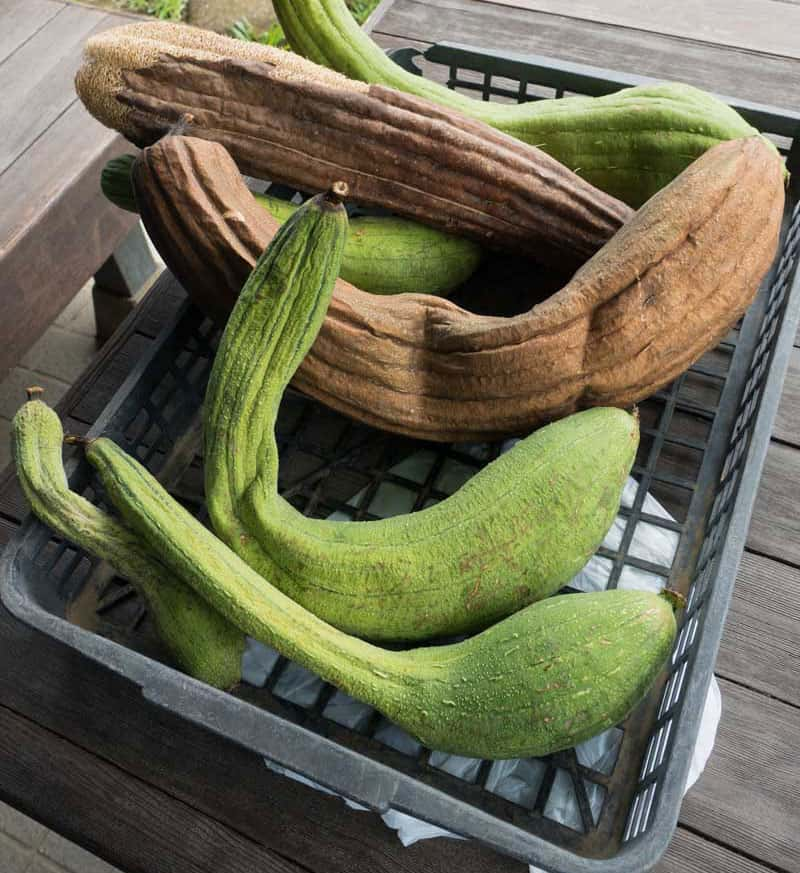
A real Loofah is a combination of softness and exfoliation, with the ability to absorb just enough soap and water to create a good lather!
Garden loofahs come in many shapes and sizes, and they're great not just for rinsing in the bath, but for other household uses as well.
Look for Loofah varieties
First, note that loofah can be spelled many ways including: luffah, luffa, loufa, and even just luff.
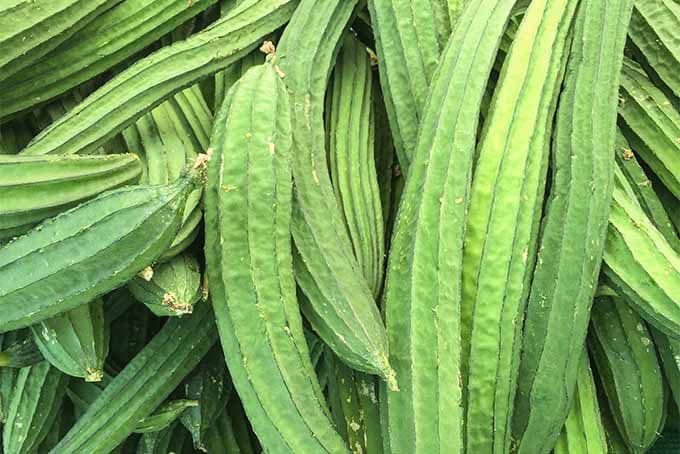
In recent years, getting loofah gourd seeds has not been as easy as it was when my mom planted them years ago. I searched a few garden centers and farming stores before I found them. You may find it easier to search online for this species, also known as Luffa aegyptiaca or Luffa acutangular.
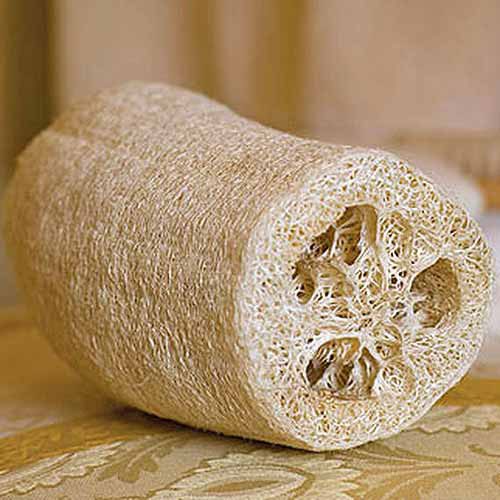
Planting sponges in the garden
In spring, when the threat of severe frost has passed, sow the seeds in the same manner as pumpkins or melons.
Form several mounds about a meter apart along a fence or other climbing surface. These plants love to grow tall and wrap themselves around anything around them.
Giving them a place to hang can keep the fruit from spoiling as harvest time approaches.
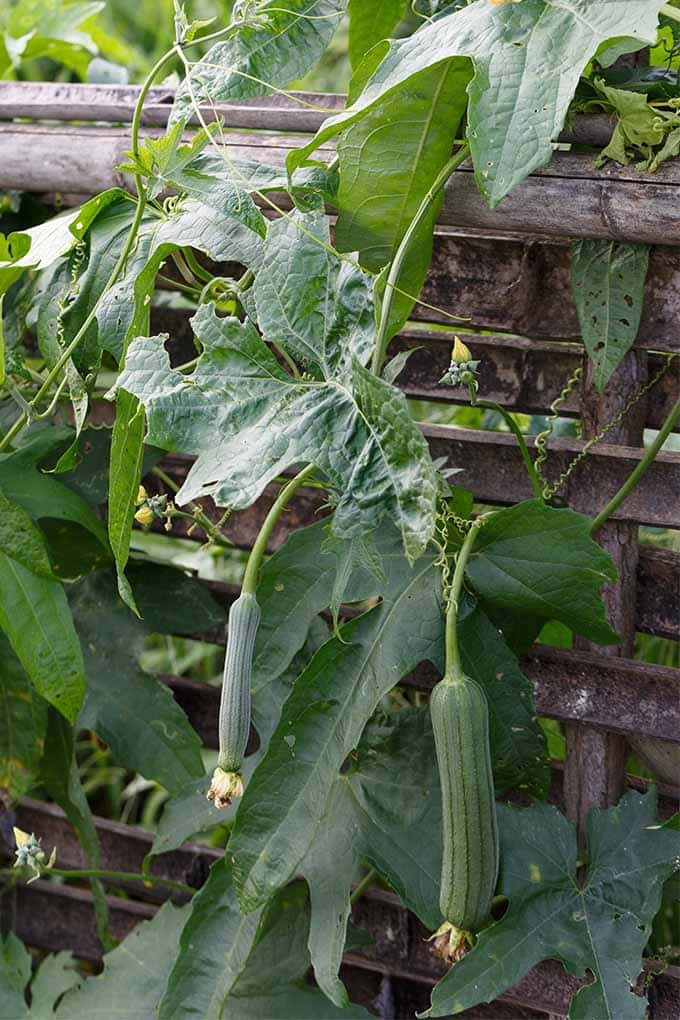
You can plant two seeds in each hill if you want to increase your chances of a plant growing.
When each seedling is about two inches tall, thin it out to a single plant per hill.
Loofah gourds need adequate watering and like the sun very much.
special treatment
If you already have experience removing the first flowers and male flowers of other plant species, you can use this technique on loofah as well. Otherwise, I've found that it's best to just leave them alone as this method will damage the vines.
I also regularly pollinate my loofah plants with diatomaceous earth in late summer and early fall, when the pumpkin beetles are particularly dangerous.
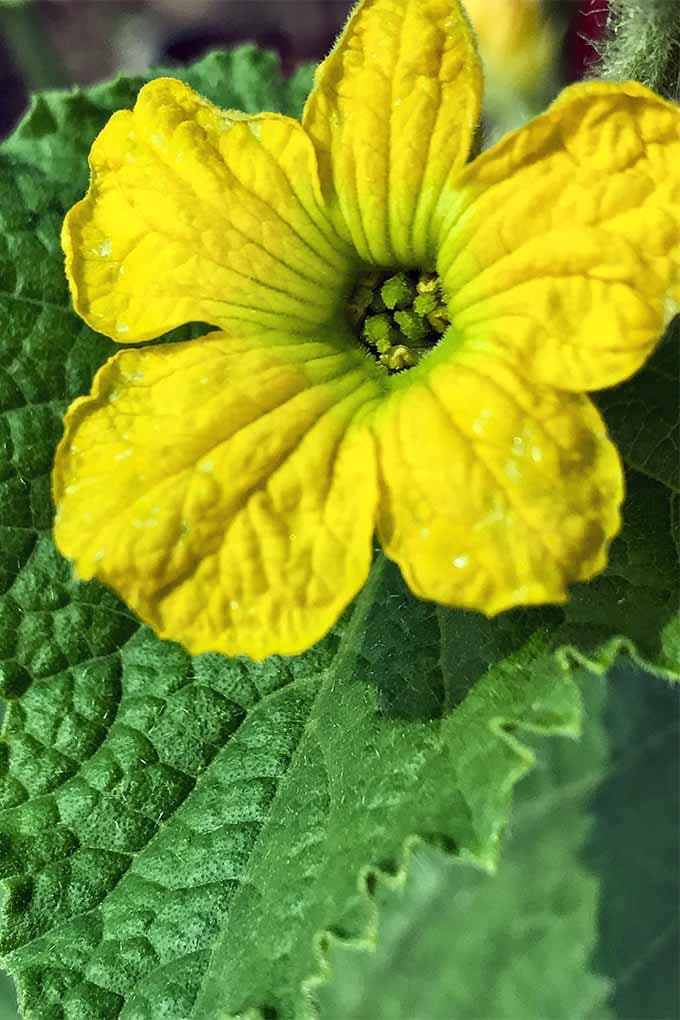
Watch out for "strangled" pumpkins that can get caught in the climbing grid.
If the loofah fruits are small, make sure they are only on one side of the fence. Many try to slip through the gaps in the fence and grow on both sides at once, resulting in misshapen fruit that cannot be harvested later.
Harvesting at the right time is crucial
Harvesting the loofah is similar to other gourds or melons.
You should pinch or trim the fruit on the vine to keep the plant in good shape for other squashes that need to finish their ripening. However, finding the right time to harvest is a bit of a challenge.
Since loofah is an edible plant, you can harvest it young and eat it like young zucchini or summer squash.
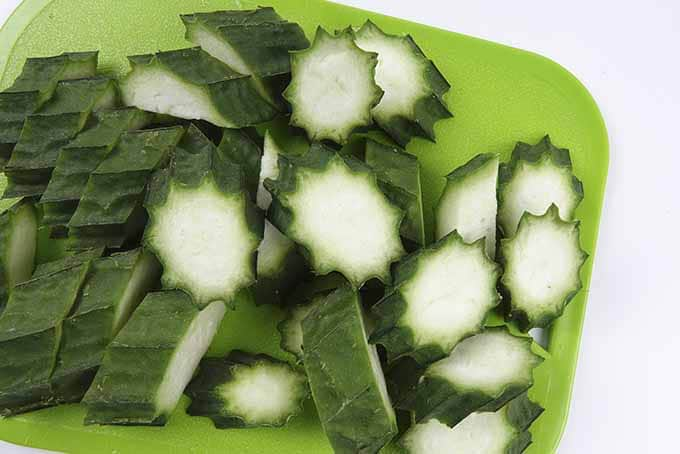
They are very fickle in flavor and can go from tender to terrible in a matter of weeks.
Because of this, many choose to use them for their unique primary purpose, leaving them on the vine for a late summer or early fall harvest. These gardeners are of course interested in the sponge!
When you know the frost is coming soon, you need to harvest. Slightly immature loofahs can also be used, even if they are smaller.
Otherwise, the fruit is ready to harvest when it feels very light and the skin has become dry and dark.
Preparation of the sponge
Now comes the unique task of turning the pumpkin into a sponge. I find the loofah is a smelly gourd, so you should do this job outside on a garden table or patio. You need:
A large rock or rolling pin
A bucket of warm water and a teaspoon of bleach
scissors or secateurs
First, place the loofah on a flat, firm surface. Hit it with the rolling pin or stone and rattle off as much of the dried outer skin as you can. Some seeds can also come loose - that's a good thing!
You can peel off stubborn skin fragments with your fingers or carefully cut them off with scissors. I personally find the shell difficult to peel off with my arthritic hands, so the scissors are a good help.
The riper the squash, the easier it is to peel. Unripe squashes are more difficult to peel off. In these cases, it may be best to snip off one end with scissors and peel the peel like you would a banana.
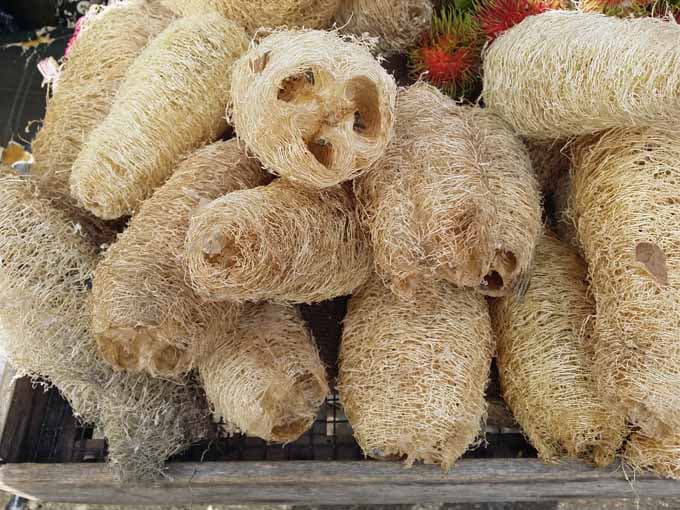
Once the husk and seeds are removed, you'll find a coarse, fibrous material inside. It should be yellowed, brown or even black.
If you wish, you can soak the dark and unsightly loofahs to make them look fresher and cleaner. A quick soak in a bleach solution (one teaspoon of bleach to one gallon of water) for a few minutes will do the trick.
Rinse the pumpkins with a pressure washer. You can also wash them in soapy water. Any kernels, rotted material, or signs of mold should be completely removed.
Let the pumpkins dry in the sun on a towel spread out on the garden table for a day. Turn the squashes regularly so they dry evenly and all moisture can escape.
Once they are completely dry, you can store the loofahs in a dry and pest-free place in your home.
Additional Uses
The sponges are not only a great scrub for the bathroom, but also for washing dishes around the house.
These homemade sponges work wonders on grout, are a scratch-free option for cleaning delicate porcelain, and even help remove grass stains when used with your favorite laundry detergent.
I especially like how they clean my cast iron pans of dirt!
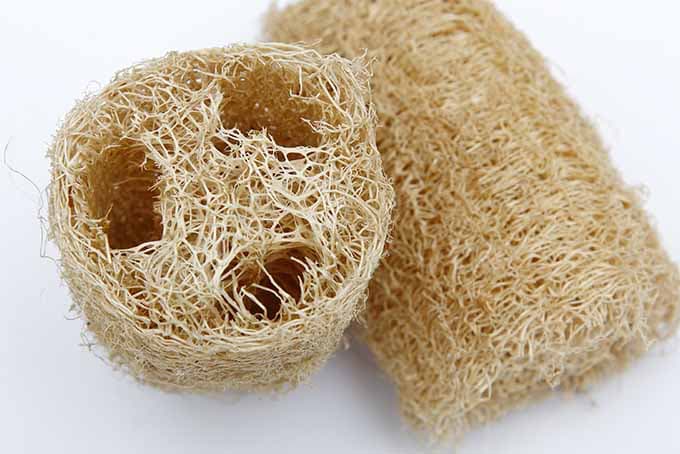
The same loofah can be used over and over again provided you keep it clean and dry after each use. You can hang them on the clothesline in a laundry bag or pop them in the dishwasher between uses.
One harvest lasts for a whole year until the next fall harvest arrives!
A strange pumpkin gives fantastic results
Growing Loofah is a somewhat lost art that I would love to see revived in all gardens!
It's a simple squash with the same needs as most ornamental plants, but with the added benefit of tasty young fruit.
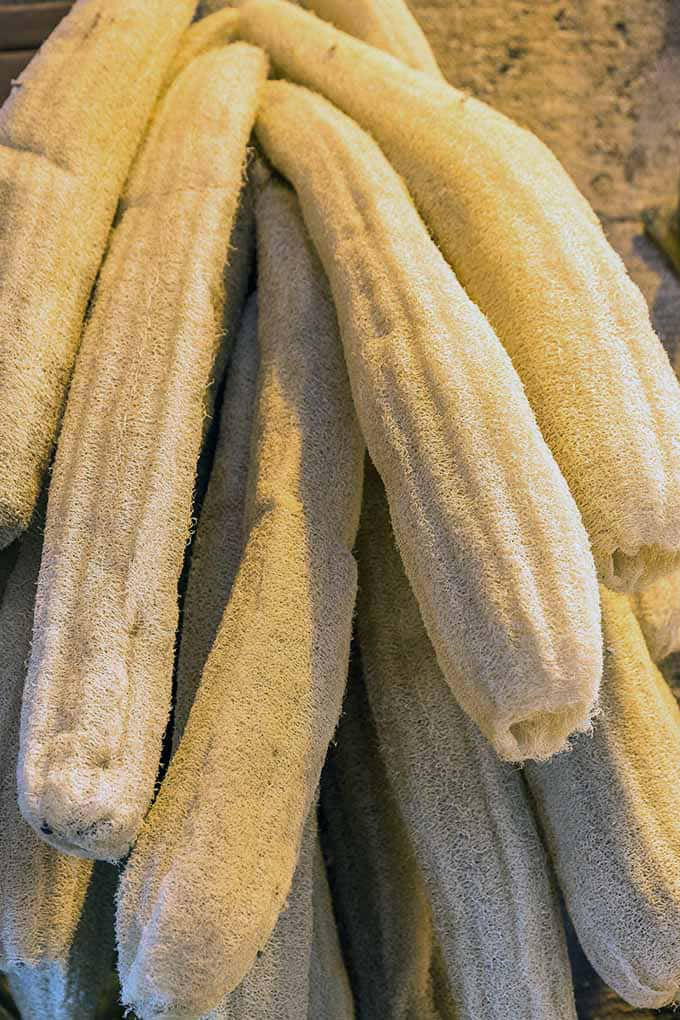
With just two or three plants a year, you can also provide your home and vanity with long-lasting, sustainable cleaning and care products that are in no way inferior to their synthetic counterparts!
This sponge is also a special gift. Many gardeners are successfully selling them at farmers markets, craft fairs, and online on sites like eBay and Etsy!
Have you ever grown loofah? What uses can you think of for this wonder pumpkin? I would love to hear your stories especially how you successfully removed the stubborn seeds and husk!

